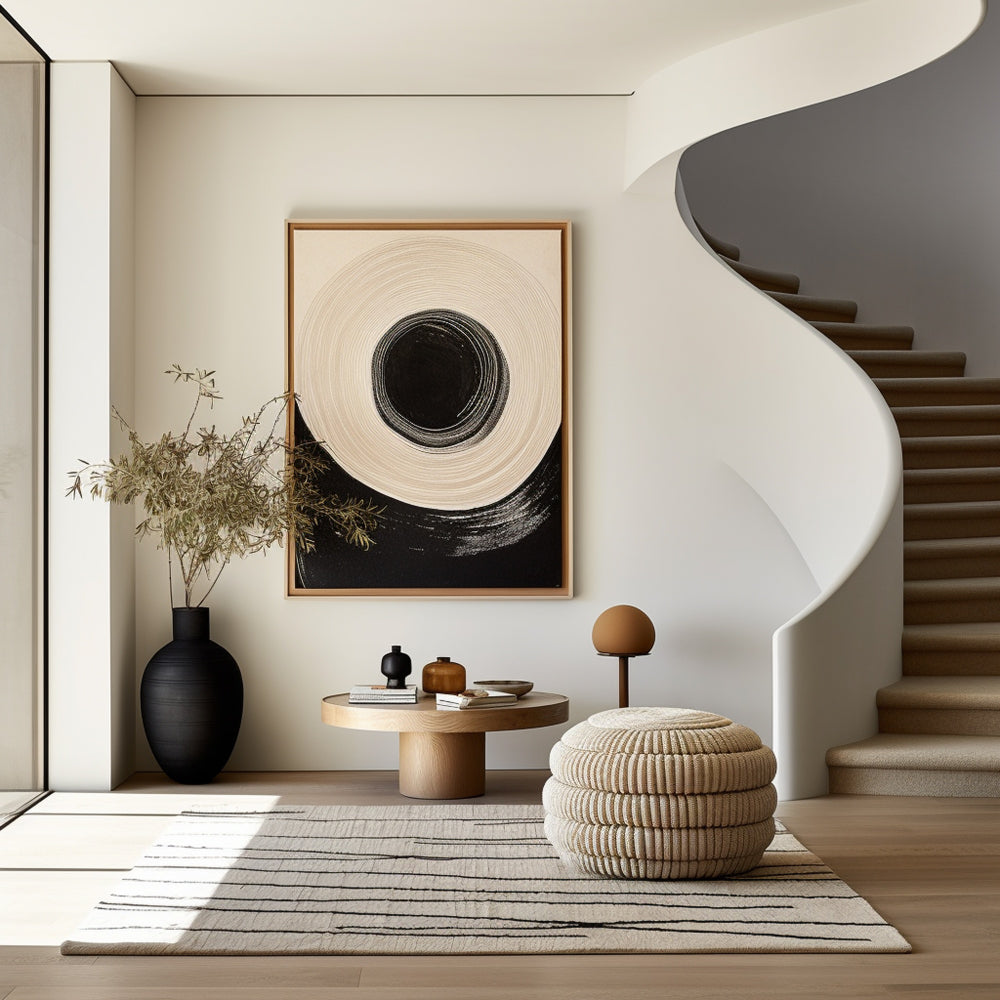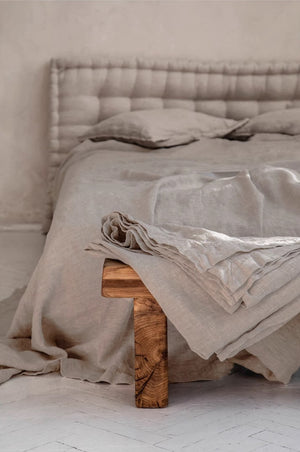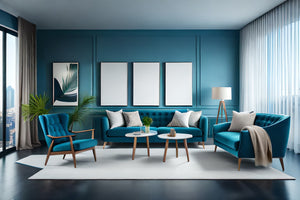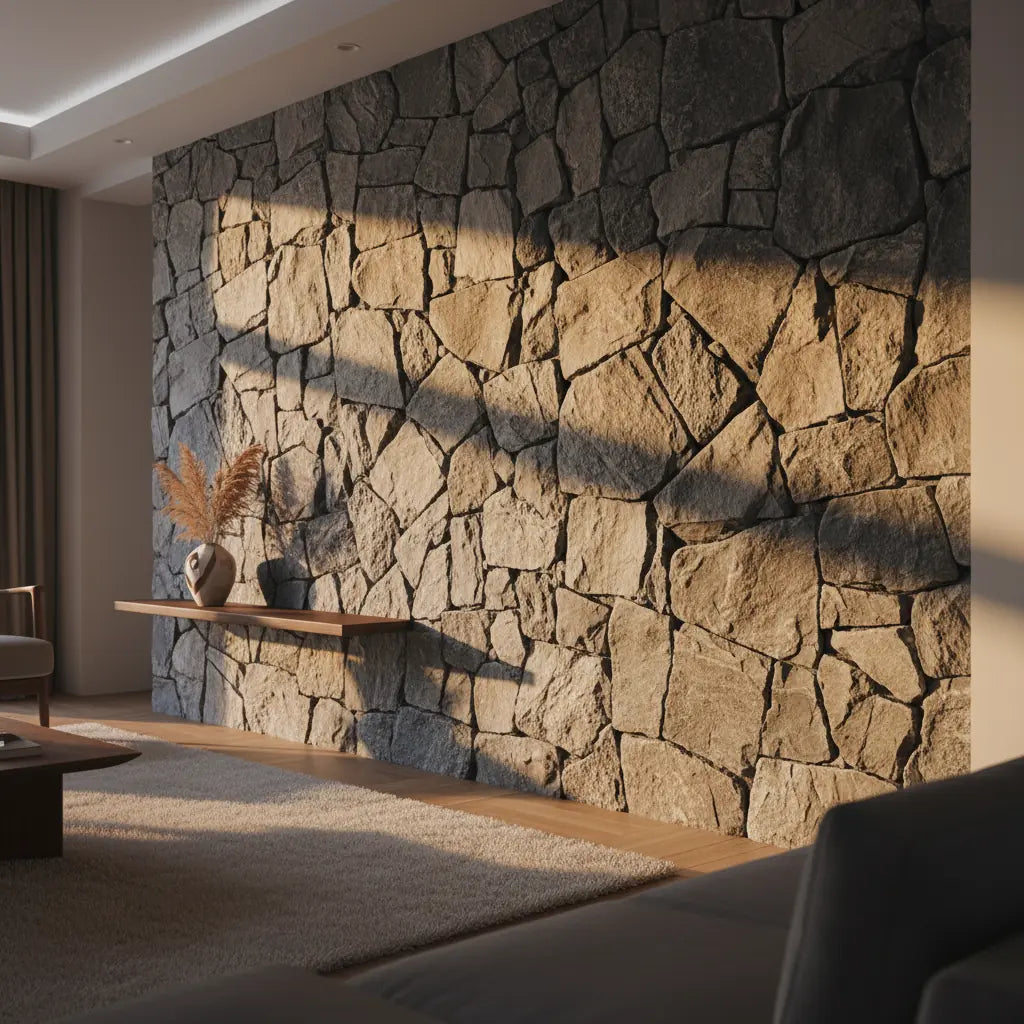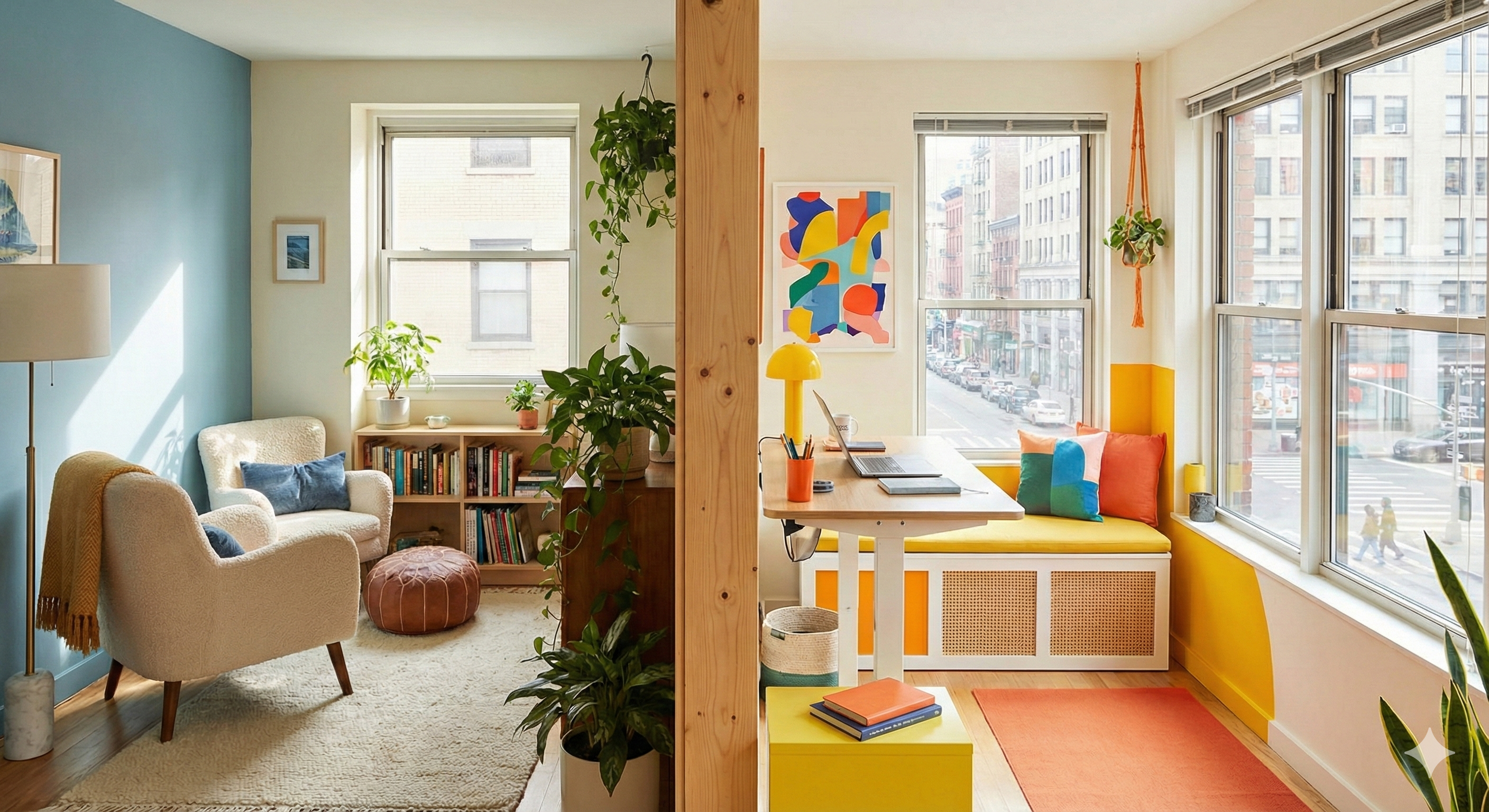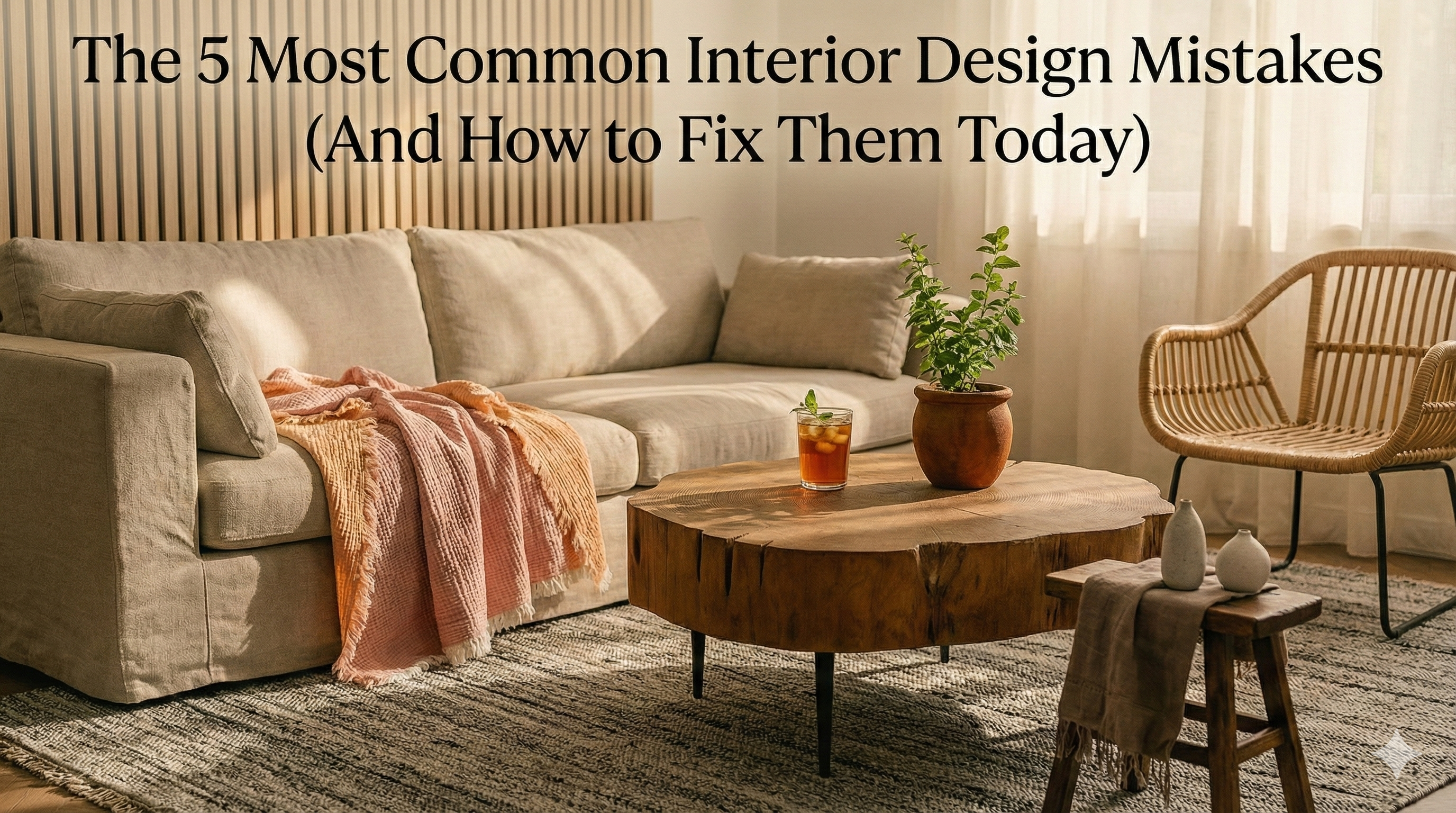As we transition into Springtime, the allure of creating a serene and harmonious home environment becomes even more enticing. The Japandi style, a fusion of Japanese and Scandinavian design philosophies, has gained significant popularity in the interior design world. In this blog post, we will delve into the essence of Japandi style, exploring its origins, defining characteristics, and providing practical tips on how to incorporate it into your home.
I. Unraveling the Essence of Japandi Style:
1.1 Defining Japandi Style:
Japandi style is the seamless amalgamation of Japanese and Scandinavian design aesthetics. It embraces clean lines, minimalism, and the use of natural elements to create a tranquil and inviting ambiance. Japandi style celebrates simplicity, functionality, and the innate beauty found in imperfections.
1.2 The Shared Values of Japanese and Scandinavian Design:
Both Japanese and Scandinavian design philosophies focus on nature, craftsmanship, and the pursuit of comfort. Scandinavian design, often referred to as "hygge," emphasizes coziness and the creation of a sanctuary within the home. Japanese design philosophy, known as Wabi-Sabi, appreciates the beauty of imperfection and values authenticity and a connection to nature.

1.3 Key Elements of Japandi Interior Design:
The core elements of Japandi interior design revolve around clean lines, natural tones, functionality, and bright spaces. It emphasizes the use of organic materials like wood, bamboo, stone, while incorporating elements of nature into the design. The perfect harmony is struck by using a neutral color palette, combining earthy tones like brown, beige, green, and terracotta.

II. Incorporating Japandi Style in Your Home:
2.1 Embrace Natural Materials:
Bringing nature indoors is at the heart of Japandi style. Incorporate organic and sustainable materials such as wood, bamboo, stone, and natural fibers into your design. These materials not only add warmth and texture but also offer longevity and a sense of authenticity.

2.2 Earthy Tones & Neutral Palettes:
Create a soothing atmosphere by embracing earthy tones and neutral color palettes. Muted shades of brown, beige, green, and terracotta evoke a sense of tranquility. Unite different wood tones, combining light and dark elements to add depth and visual interest to your space.
2.3 Welcome Organic Shapes:
Japandi style celebrates the balance between clean lines and organic shapes. Introduce curved furniture, asymmetrical vases, and abstract art to add an organic and harmonious touch to your space. The interplay between straight lines and organic forms creates a captivating visual dynamic.
 Wabi-Sabi Distressed Rustic Vases
Wabi-Sabi Distressed Rustic Vases
2.4 Embrace Minimalism:
Minimalism lies at the core of Japandi style. Declutter your space and focus on essential elements. Opt for furniture with clean lines and multi-functional features to optimize functionality without sacrificing aesthetics. Create an open and airy environment that allows for energy to flow freely.
2.5 Customize to Your Taste:
While Japandi style forms a consistent design framework, there's ample room for personalization. Add personal touches through artwork, textiles, and decor items that reflect your own style and preferences. Remember to maintain the balance and harmony that characterize Japandi style.

III. The Benefits of Japandi Style:
3.1 Creating a Serene and Tranquil Environment:
Japandi style fosters a sense of calmness and tranquility. The simplicity, natural elements, and muted color palette instill a peaceful ambiance that promotes relaxation and mindfulness.
3.2 Unifying Aesthetics and Functionality:
Japandi style beautifully combines aesthetics and functionality. By selecting well-crafted, multi-purpose pieces of furniture and thoughtfully integrating functional elements, you can achieve a space that is visually appealing while serving your everyday needs.
Solid Wood Stools, Customizable Size
3.3 Embracing a Mindful Way of Living:
Japandi style goes beyond being just an interior design trend; it is a way of living. By embracing the principles of simplicity, nature, and authenticity, you create a home that supports a balanced and mindful lifestyle. Japandi style nurtures a deeper connection with your living environment, fostering a greater sense of contentment and well-being.
Conclusion:
Japandi style is a captivating design trend that gracefully combines the elegance of Japanese aesthetics with the minimalism and functionality of Scandinavian design. By incorporating natural materials, earthy tones, organic shapes, and embracing minimalism, you can create a harmonious and tranquil home environment. Immerse yourself in the timeless beauty of Japandi style and let its principles inspire you to craft a space that reflects your unique personality and enhances your sense of well-being.

